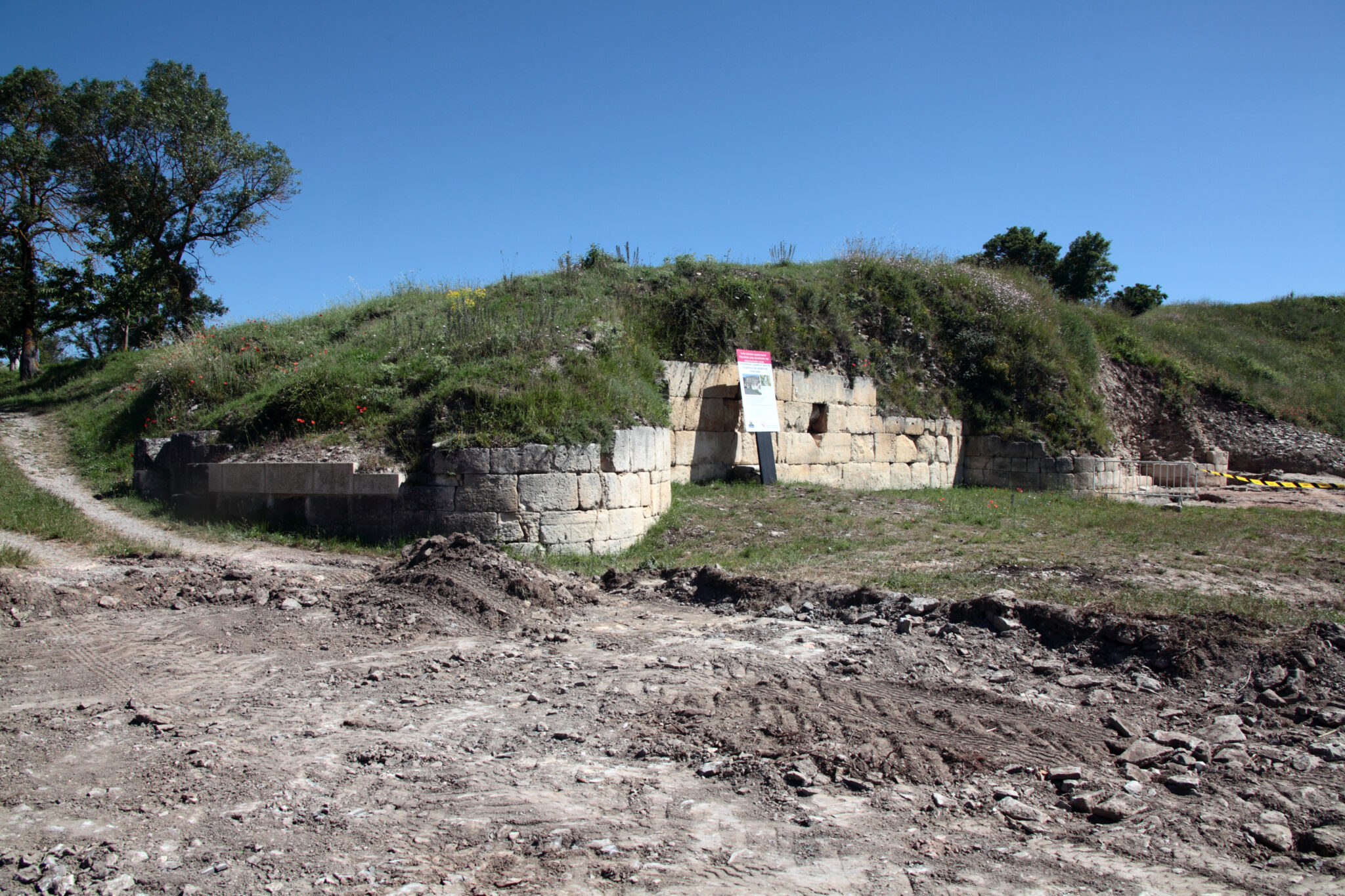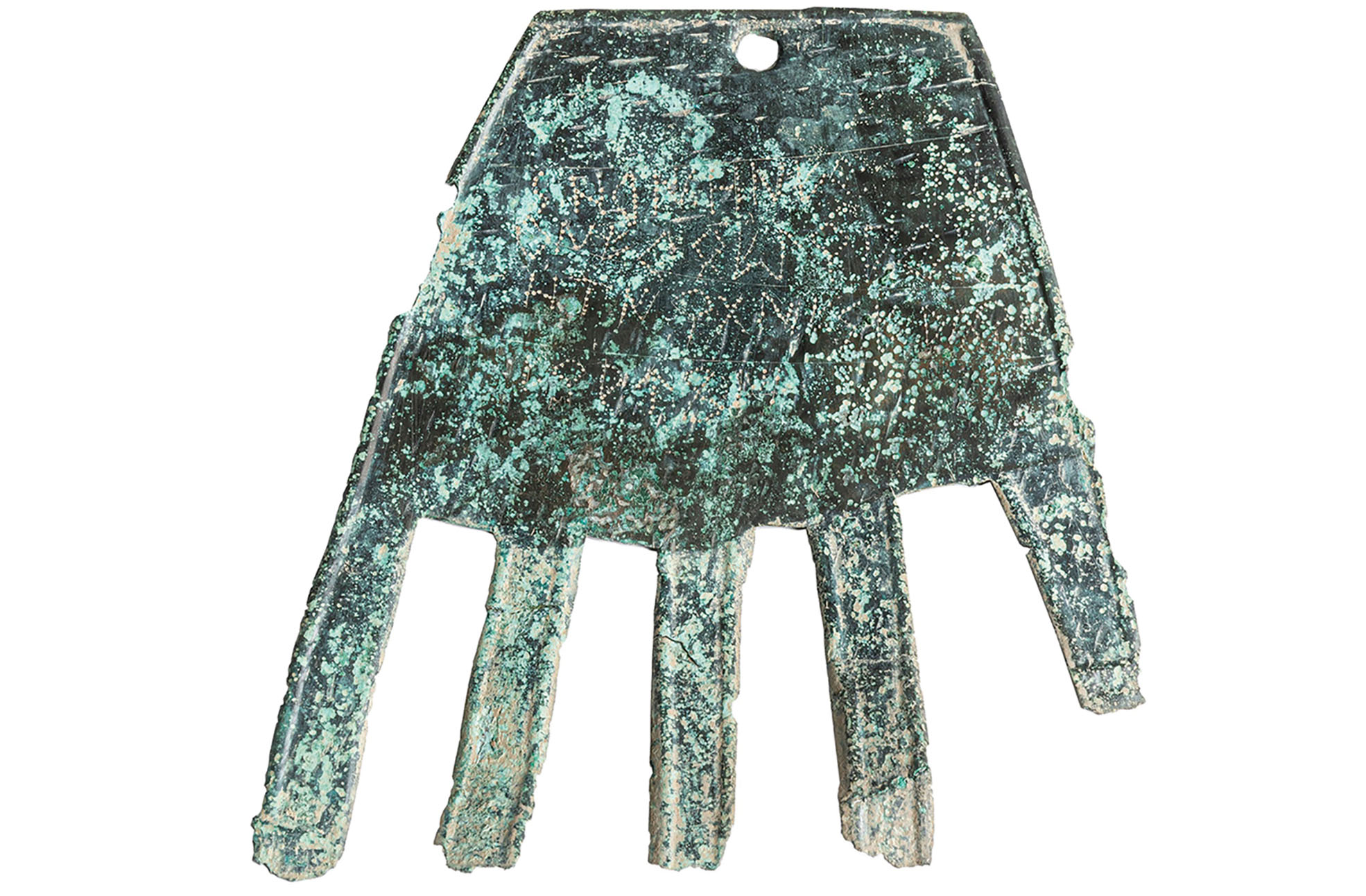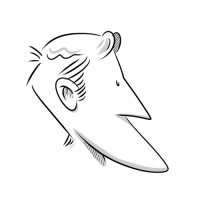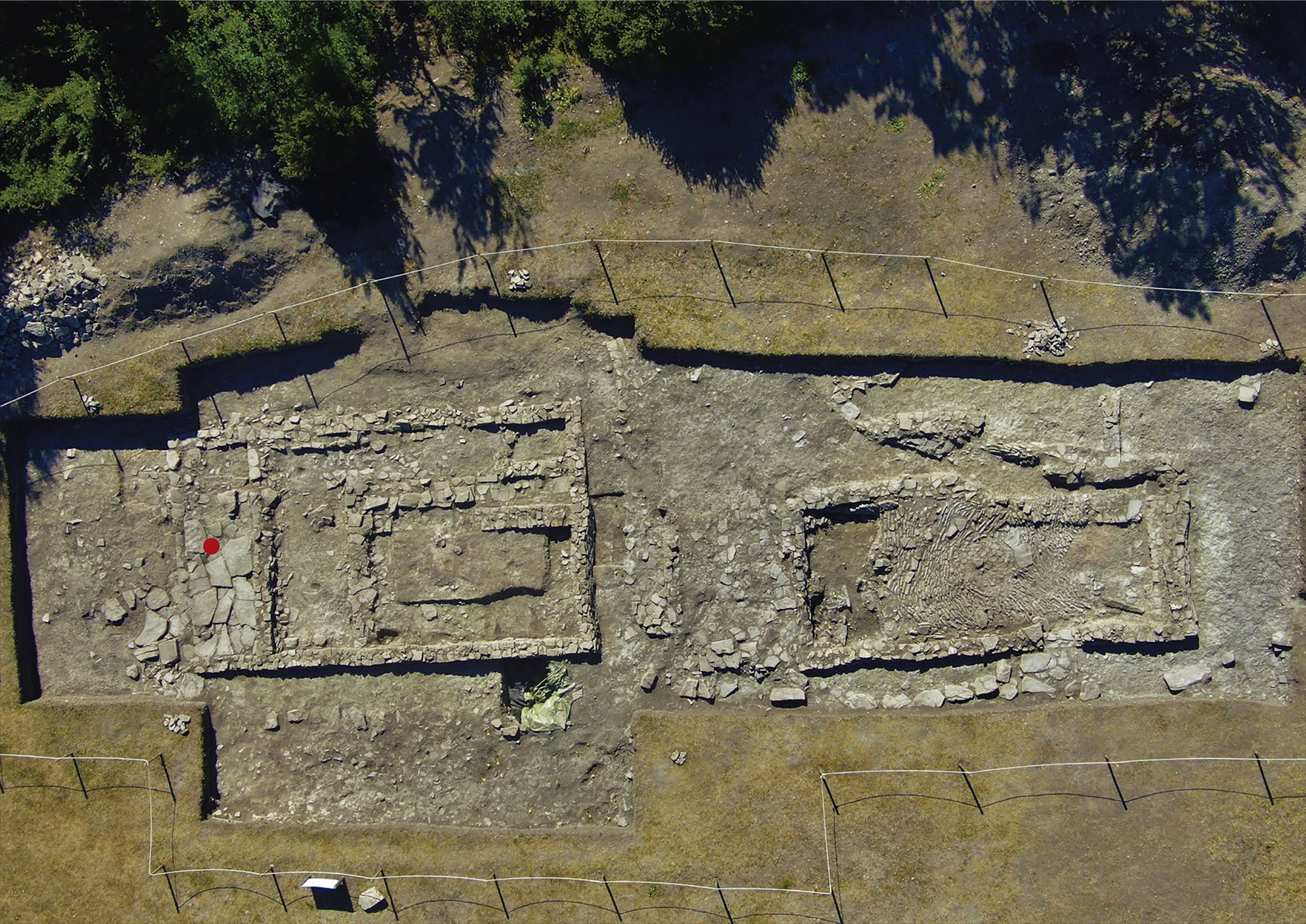Another bronze hand finely
- The Himyar Kingdom (present Yemen), II-III AD century. A man named Wahab Ta'lab left a bronze hand in a temple in the city of Zafar to ask for protection and welfare to the god Ta'lab. It was discovered in 1983 and is part of the British Museum collection. “The oldest sign in a piece representing a part of the body,” according to experts, until they find Irulegi’s hand in Navarra.

Zafar's hand and Irulegi's hand are made of bronze. Both represent the right hand with inscription on the back and the least worked palm. In one temple, one at the door of the house, another, they had a similar function. They're similar in size, but Zafar's has more volume and weight, and more details.
The language of the inhabitants of Zafar was Himyari, but, as in other countries of southern Arabia, they used savanna writing in the texts. The sum of secret offers, legal texts and short graffiti has allowed us to reach thousands of texts written in savanna, which has allowed the experts to translate the text in full by Zafar. The sign is full of toponymy and proper name and offers a lot of information. He tells us that the hand offering was made at the place called Zafar, on the mountain of Yemen, in the temple of the god Ta’lab Riyam.
The language of the inhabitants of Zafar was Himyari, but, as in other countries of southern Arabia, they used savanna writing in texts
The owner of the hand was Wahab Ta’lab, a member of a clan that was part of an older tribe and whose god was Ta’lab. In southern Arabia, the pagan gods are then cultivated; then Judaism, Christianity and finally Islam will come.
Hand owner health indicator
Researchers conclude that Wahab Ta’lab was a senior member of the community. On the one hand, let the surname be the same name that the god represents his status and, on the other, he had to have a great economic power to pay and offer these kinds of pieces.
They believe that the bronze hand represents Wahab's own hand. And because the piece has so much detail, it also allows you to formulate hypotheses about your health.
The Himyaresa language disappeared.
When the hand surgeon Jeremy Field examined Zafar's hand, he first found that it does not represent an amputated hand; the large veins on the back indicate that there is blood circulation. Looking at the nails, he observed that they were spoon shaped, which is usually indicative of anemia. Moreover, he has come to the conclusion that he had a broken little curved finger. In a piece of this detail, these characteristics could not be random.
In the end, they were not as fortunate as we were and lost one of their principal riches. His tongue, Himyaritana, disappeared by the 10th century.
In short, in front of Irulegi’s humble hand, Zafar’s hand represents the prosperity of the Himyar Kingdom. Himyar was the principal state of Arabia until the 6th century. Founded at the same time by the hand of Irulegi, it was an important mall between Asia and the Roman Empire, enriched by the trade in incense. A few centuries before his hand he took over the Kingdom of Saba and at the time of his hand also conquered Qataban and Hadhramaut.
But in the end, they weren't as lucky as we were, and they lost one of their main riches. His tongue, Himyaritana, disappeared by the 10th century.
Martxoaren 30erako Iruña-Veleia martxan, SOS Iruña-Veleia eta Euskeraren jatorria elkarteek manifestaziora deitu dute, Aski da! Argitu, ez suntsitu lelopean. Azken bi urteetan "hondeatzaileak sistematikoki eremu arkeologiko oso aberatsak suntsitzeko modu... [+]
On August 1, a dozen people from the family were in Aranguren. Two young people from Aranzadi made firsthand the excavations and works being carried out in Irulegi. This visit is highly recommended, as it reflects the dimension of the work they are doing.
Halfway, at the first... [+]
You might see it in mountains or rural areas, looking for underground footprints with metal detectors. They're detectors or pitchers, they bond to play for treasure. Detectorism has become fashionable and there are youtubers and television series talking about them. This activity... [+]
I believe that in recent years two well-differentiated stories are being constructed about our history, our culture, our language, etc. On the one hand, what we could call "official line" and on the other, a line based on recent research and archaeological findings.
The discovery... [+]
The hand of Irulegi, over 2,000 years old, is being an unprecedented incentive in the national conscience of the Basque Country. Its impact, so that the Basques feel so strong and emotionally challenged, invites us to think about what really lies behind this discovery.
This is... [+]


















